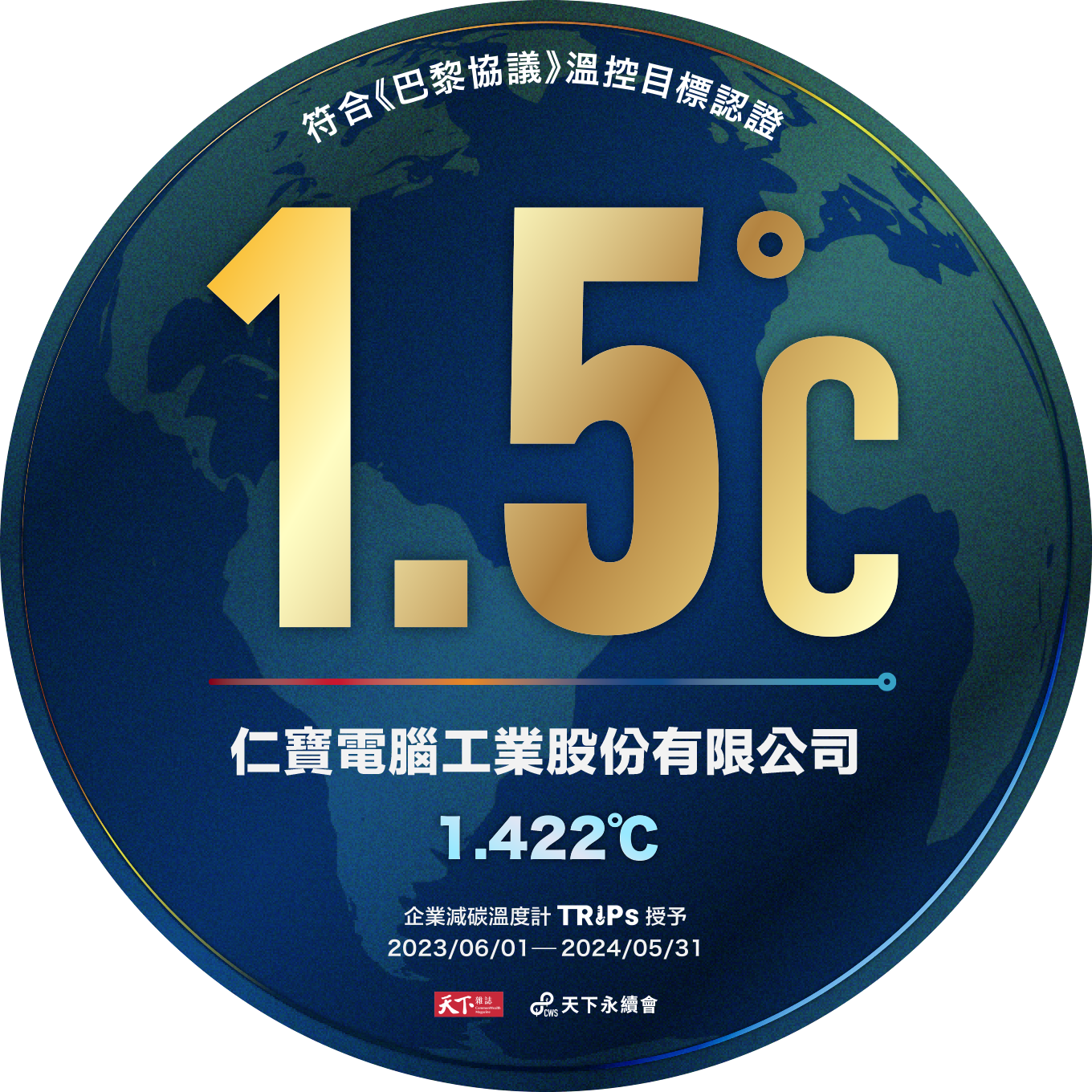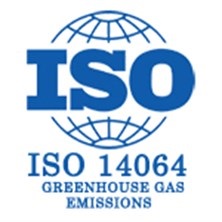Climate Change and GHG Management
 Climate Change
Climate Change Compal is continuing to adjust our production R&D direction, plant energy management, and ability to response to extreme climate to reduce the environmental impacts from climate change and business operations, and take advantage of the resultant business opportunities. The circular economy concept is being incorporated into product design from material selection, proper planning of the recovery and disassembly process, to the promotion of energy conservation and waste reduction initiatives at production locations, and increasing the use of renewable energy. These are all aimed at realizing the goals of mitigation, closing and shrinking the substance-energy cycle, and carbon emissions reduction throughout the product life cycle.
Greenhouse Gas Management
The environmental and social impacts of global climate change is now one of the issues attracting the greatest international attention. At Compal, strengthening of green power is an essential part of our mission. To continue making improvements and create sustainable corporate value, we must first understand the performance of our own environmental actions. An inventory of carbon emissions is therefore used estimate the results of GHG management. The data is also verified by independent third-party bodies to ensure their accuracy and fairness. These not only give Compal a better picture of our environmental footprint but can also provide material references and directions for green development.
Goals and Progress
 Greenhouse Inventory
Greenhouse Inventory
The nature of the industry means most of Compal’s GHG emissions are concentrated in externally purchased energy. To reduce GHG emissions, Compal cut energy consumption, improved energy efficiency, purchased 7,709.8 MWh of solar power, 75,451.2 MWh of hydro power, and 75,243 renewable energy certificates to reduce actual emissions by 90,337.8 tCO2e. In 2023, energy use intensity per million NTD of revenue was 0.173 lower than 2019 for an absolute reduction of 57.8% in emissions. Compal is there working hard to realize the target of 46.2% GHG emissions reduction by 2030.
Green Investing
1. Energy Monitoring Information Platform
Compal’s Pingzhen plant is committed to improving environmental sustainability by upgrading the air-conditioning and electrical systems. By integrating the InSynerger Technology’s digital management system for electrical energy and the digital management system for air-conditioning, we have successfully realized precise monitoring and management of power consumption in the manufacturing process. At the same time, the application of high-tech intelligent algorithms provides optimized operation strategies to effectively save energy and reduce carbon emissions. With a total investment of NT$2,133K, the platform is expected to save 199,740kWh of electricity per year, which is equivalent to a reduction of 101 tCO2e. The platform has also been externally verified by the Foundation of Taiwan Industry Service to ensure the accuracy of the information. Relevant validation documents were also provided to the IDA members' review.
2. Carbon Management Information Platform
Compal participated actively in suppliers' carbon emissions reduction project and established a carbon management platform (Chase Sustainability Carbon Management Platform). We not only provide education and training to suppliers, but also help them build inventory capabilities through platform tools. We believe that this will help suppliers gradually realize their carbon emissions reduction targets and at the same time build a net-zero foundation for our country. The total amount of investment is NT$4,972K, and the benefits of this project are mainly in the quantification and integration of carbon information in the supply chain. A third party will verify the results of the project. And the results will be reported to IDA members for review to ensure the carbon emissions reduction results.
Updated on July 17, 2024
